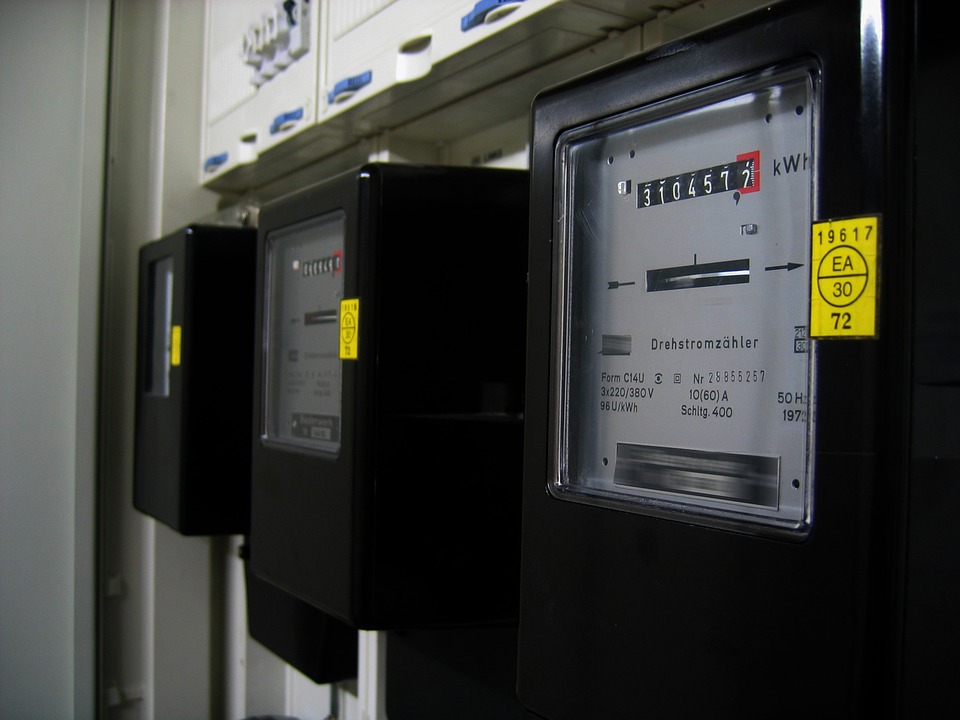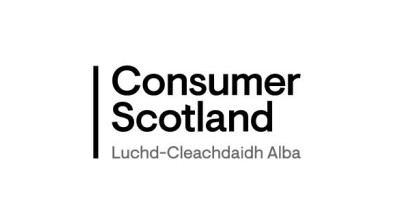Ofgem opens flexible energy price cap consultation

Energy regulator Ofgem is seeking views on a range of options being considered to reform the energy price cap, including a cap based on consumers’ vulnerability and when energy is used.
Ofgem is also considering more flexible, market-based price protections, such as setting a limit between a supplier’s default tariff and tariffs available on the market.
According to the watchdog, the price cap, along with the temporary ban on acquisition-only tariffs, have worked well to protect customers from the ‘loyalty penalty’ where customers on default tariffs paid higher prices, and from the worst of the recent volatile markets and wholesale price surges that were a result of the energy crisis.
But energy retail markets are changing as increasing numbers of consumers change their energy consumption and begin using electric vehicles, heat pumps, and solar panels. An increasingly renewables-dominated electricity sector will also reward consumers for shifting the time of their electricity consumption, which will in turn reduce costs for everyone, Ofgem said.
As customer diversity grows, and more households adopt time-of-use tariffs, Ofgem said it could become harder to retain a universal price cap that is suitable for everyone.
Therefore the energy regulator is considering how the price cap, and energy regulation as a whole, need to adjust to ensure customers are protected, they continue to pay a fair price for their energy, and they get to realise all the benefits of net zero.
To inform that work, it has published a discussion paper on the future of price protection. It complements a Government Call for Evidence (CFE) on default tariffs published in February.
The introduction of half hourly settlement from 2025 means customers will have more flexibility in how they use and pay for electricity, and is expected to lead to a growth in smarter time of use tariffs that reward customers for being more flexible in their energy usage. This will allow consumers to benefit from cheaper energy when renewable generation increases such as when it is particularly windy or sunny.
As part of the discussion paper, Ofgem has set out a range of options for the future of the price cap, including:
- introducing a more dynamic cap with time-of-use dependent unit rates to encourage consumer flexibility.
- introducing a targeted cap which could be based on a variety of factors such as vulnerability
- introducing more flexible, market based price protections such as setting a limit between a supplier’s default tariff and tariffs available in the market, capping the margin
- suppliers are able to make, or replacing the cap with a ban on acquisition only tariffs
While price protection will remain an important part of the energy market, Ofgem is asking charities, consumer groups, businesses, bill-payers and suppliers for their views, and proposals for future alternatives.
This discussion paper is part of a wider package of work from the regulator to review current arrangements in the retail market to make sure it works for all consumers including those who struggle the most, and follows the publication of a call for input to examine issues around affordability and debt in the energy market last month. Ofgem is also currently reviewing over 30,000 responses to its call for input on standing charges which closed in January.
Tim Jarvis, Ofgem’s director general of retail and markets, said: “While the price cap played an important role in protecting consumers from the loyalty penalty that existed before its introduction, the energy market is changing as we move to net zero, and we recognise the systems we have in place may need to change too.
“We’re looking in detail at the elements of the price cap that have worked well and the challenges we’ve identified in recent years, while also considering how a wide range of future consumers will use and pay for energy, to make sure we develop the right measures that will protect and benefit consumers across the board.
“We will continue to work with government, industry, consumer groups, charities and the public on the future of pricing regulation. Our aim is ensure the market works for everyone.”
Advice Direct Scotland has welcomed the review, warning that the current cap “is not fit for purpose”, however, the charity stressed the need for further reform with the introduction of a social energy tariff.
It argues that an opt-out scheme – which would automatically put struggling households on the cheapest deal – is the only way to effectively end fuel poverty in the UK. The policy could be targeted at those most in need, with eligibility being determined by whether members of a household are in receipt of benefits or are on low incomes.
A recent poll showed that there is widespread public support in Scotland for the policy, with two-thirds (66 per cent) of those questioned backing it.
Hazel Knowles, energy lead for Advice Direct Scotland, said: “We welcome this consultation as the current price cap is not fit purpose. With the shift towards net zero and an increase in time-of-use tariffs, it’s important that consumers are protected.
“Our experience supporting users of such tariffs, especially in rural areas, reveals significant confusion and disadvantage among consumers. We need to focus on vulnerability and affordability. Any change to the price cap must sit alongside other measures, like a social energy tariff.
“Among those who would benefit from such a policy are people with illnesses and disabilities who rely on life-saving electrical equipment to stay alive. We are convinced that the best way of fixing the country’s broken energy market is an opt-out system which would automatically put vulnerable people on the cheapest deals.”









